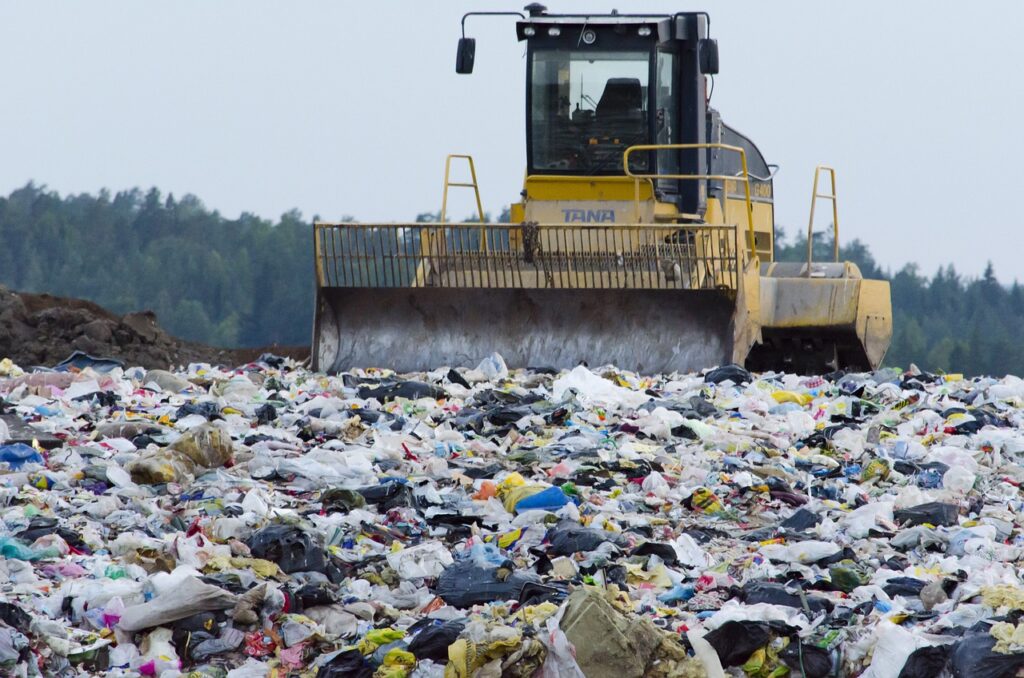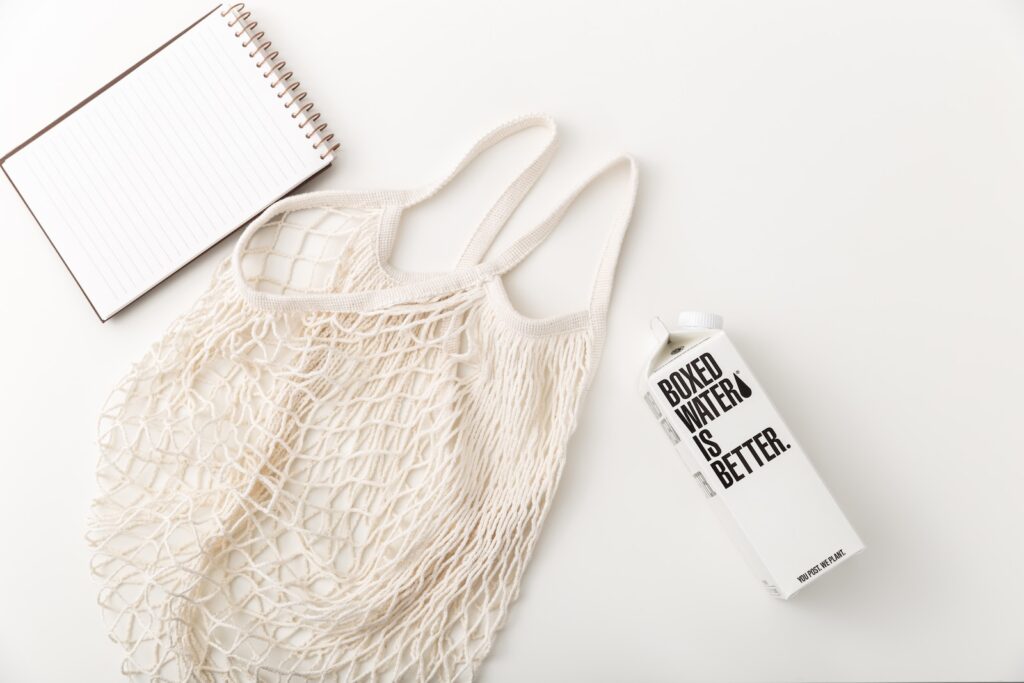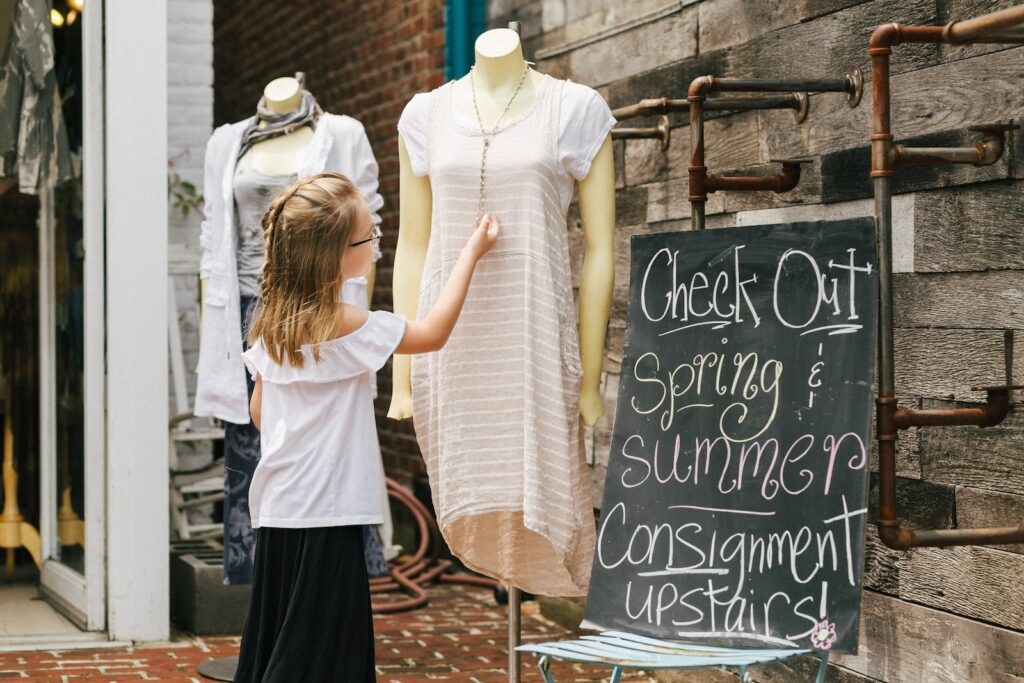Welcome to the world of fast fashion, where trends change at lightning speed, and clothing is more accessible than ever before. However, behind the glitter and glamor, we must confront a dark reality. Recently, a shocking discovery has shed light on the environmental consequences of fast fashion. A giant dump of unused clothing, destined for retail stores worldwide, now mars the pristine landscapes of Chile’s Atacama Desert. This disturbing image serves as a wake-up call for all of us, urging us to reevaluate our fashion choices and explore sustainable alternatives like slow fashion. See it from space here:
By purchasing a $44 Existing Image at 50 cm resolution, we can confirm the giant clothes pile in the desert of Chile exists and is growing. https://t.co/47SssKPdtI pic.twitter.com/RlfUSBWbu9
— SkyFi (@SkyfiApp) May 10, 2023
The True Cost of Fast Fashion:
The fast fashion industry has long been known for its affordability and quick turnover of trends, but at what expense? According to the United Nations, fast fashion contributes a staggering 2% to 8% of the world’s carbon emissions. This industry generates an enormous amount of textile waste, with nearly 85% of all textiles ending up in landfills each year. The water consumption and pollution associated with fashion production further exacerbate the environmental impact, depleting precious resources and harming ecosystems.
Seeing the bigger picture, it becomes clear that fast fashion not only drains our planet but also perpetuates a cycle of consumerism and disposability. Clothing is often discarded after just a few wears, adding to the mounting piles of fabric in landfills.
Embracing Slow Fashion:

Thankfully, an alternative exists – slow fashion. It encourages sustainable choices, promotes quality over quantity, and advocates for fair labor practices. We can play a vital role in driving the shift towards slow fashion. Here’s how you can make a difference:
Conscious Consumption:
Take a step back and rethink your shopping habits. Before purchasing a new garment, ask yourself if you genuinely need it and if it aligns with your personal style. Opt for timeless pieces that can withstand the test of time rather than falling victim to fleeting trends.
Quality Over Quantity:
Invest in well-crafted, durable clothing made from sustainable materials. Slow fashion prioritizes longevity, ensuring that your clothing lasts longer and reduces the need for frequent replacements. Look for brands that embrace ethical and transparent manufacturing processes.
Secondhand and Vintage:
Explore the world of secondhand and vintage fashion, which allows you to express your unique style and reduces the demand for new production. Thrift stores, online marketplaces, and clothing swaps offer a treasure trove of pre-loved gems waiting to be discovered.
DIY and Upcycling:
Unleash your creativity and breathe new life into old garments through do-it-yourself projects and upcycling. Transforming a forgotten piece into something fresh and stylish adds a personal touch and minimizes waste.
Supporting Sustainable Brands:
Research and support fashion brands that prioritize sustainability and ethical practices. From organic fabrics to fair trade initiatives, these brands are leading the way toward a more responsible and eco-conscious fashion industry.
The haunting image of a vast dump of unused clothing in Chile’s Atacama Desert is a stark reminder of the ecological consequences of fast fashion. As humans, we have the power to redefine the fashion landscape by embracing sustainable alternatives like slow fashion. By making conscious choices, prioritizing quality over quantity, and supporting ethical brands, we can create a fashion industry that respects our planet and the people who contribute to it.
Together, let’s strive for a future where fashion is an expression of our individuality without compromising the well-being of our environment.




